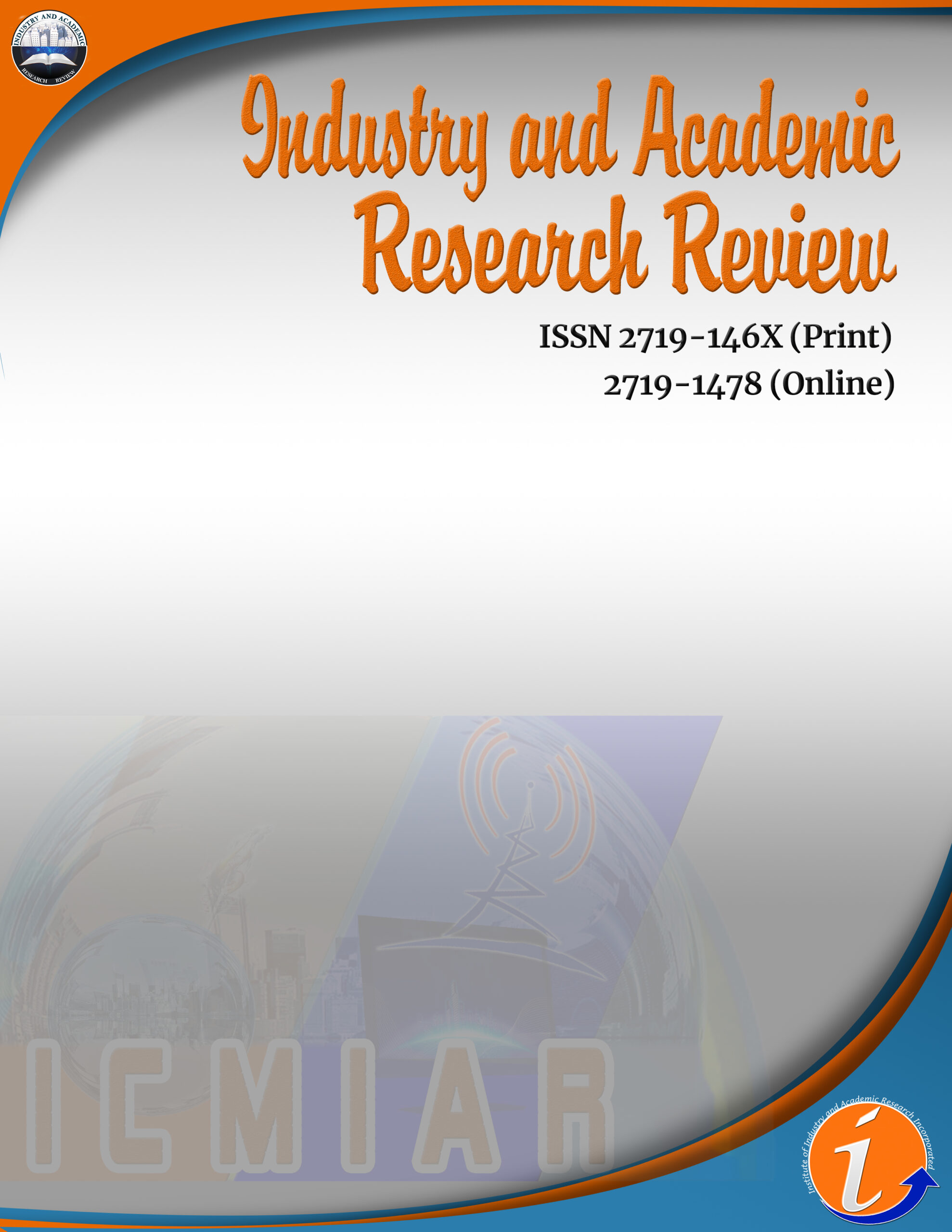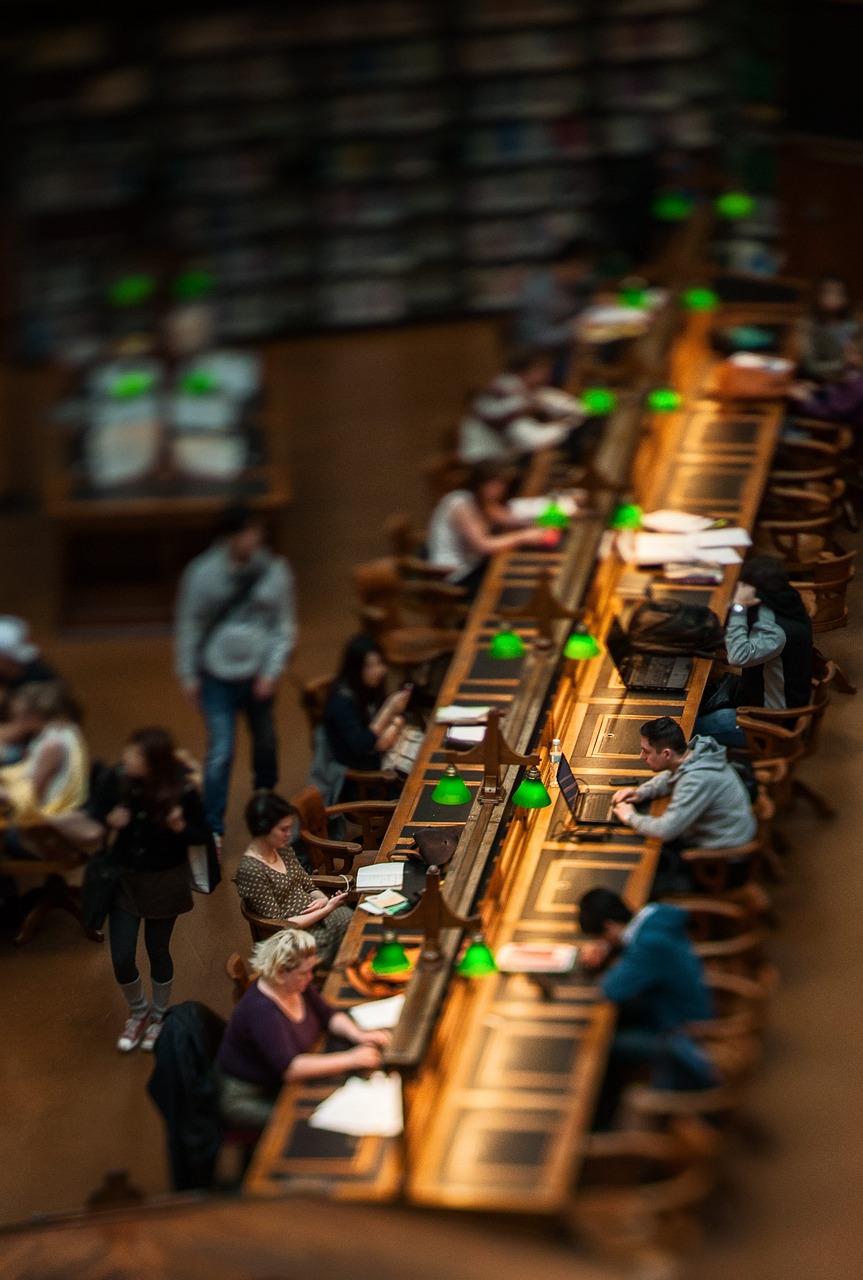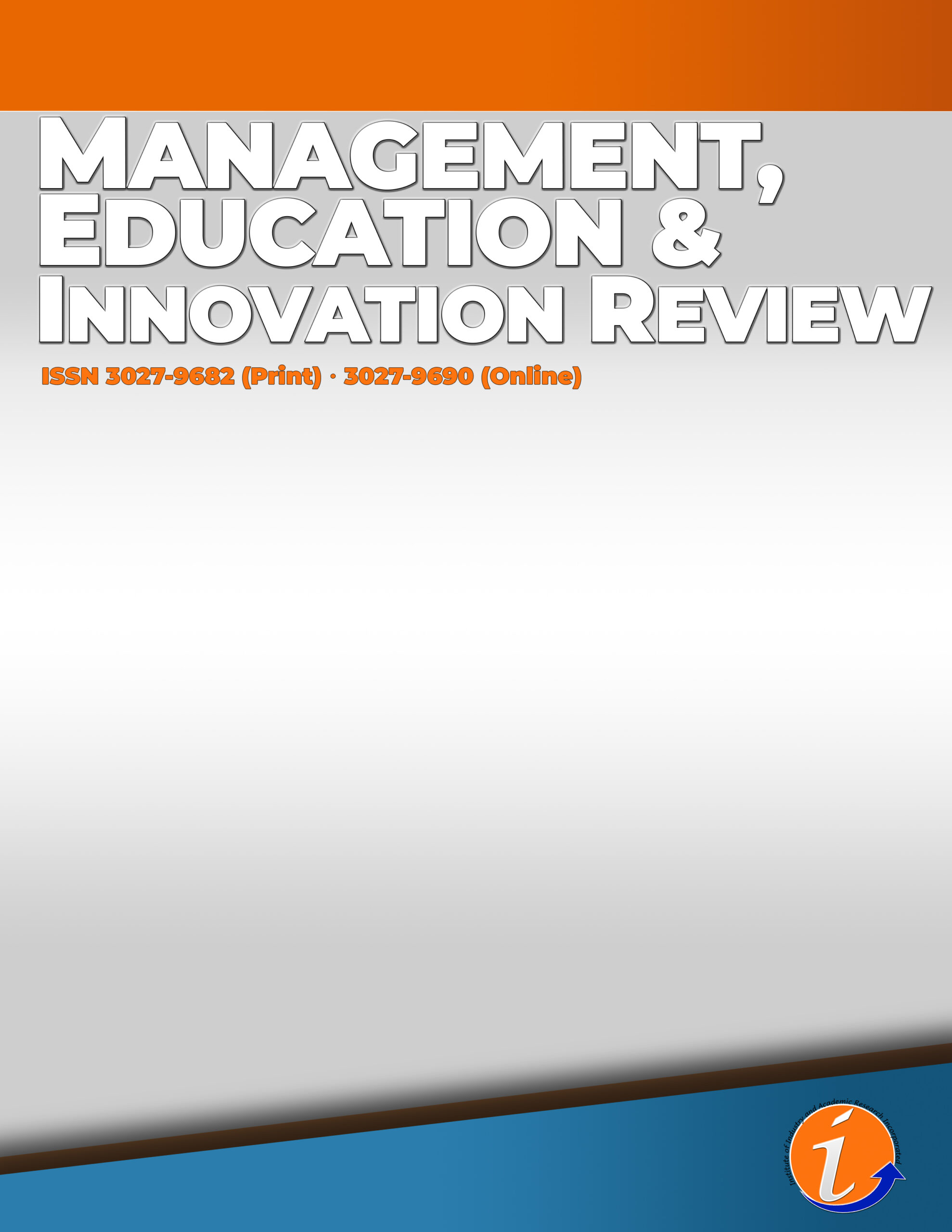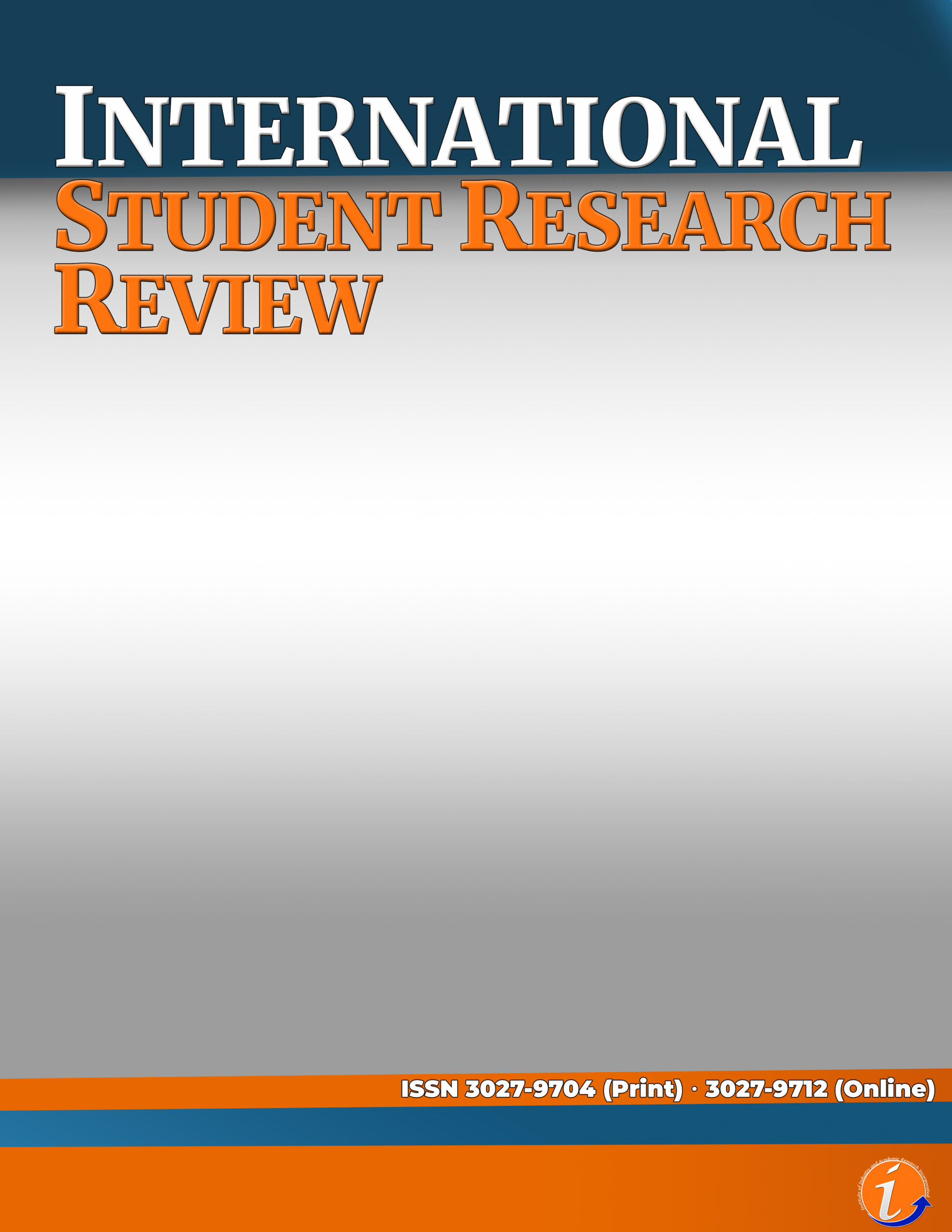This study explored the diverse learning styles of elementary pupils in an elementary school in the Philippines. It examined the application of the Dunn and Dunn Learning Style Inventory Model (DDL-SIM) to enhance educational outcomes. Recognizing the unique learning preferences of learners, the research aimed to bridge the gap in learning styles by implementing tailored teaching methods and strategies. Utilizing an explanatory mixed-methods research design, the study engaged all pupils using the complete enumeration sampling technique to ascertain their learning styles across five domains: environmental, emotional, sociological, physiological, and psychological. The survey questionnaire for the quantitative phase and the semi-structured interview guide questionnaire for the qualitative phase were employed, which were subjected to validity and reliability tests by the expert panel of evaluators. The study's data analyses utilized descriptive statistics, Spearman Rho correlation, and thematic analysis. As per the DDL-SIM, quantitative findings revealed significant emotional and physiological preferences, with significant relationships between demographic profiles and their learning styles. Qualitative insights underscored a holistic approach to learning as the generated major theme, emphasizing the interconnectedness of minor themes such as emotional intelligence, social dynamics, physical health, and environmental factors in the learning experiences. The study suggested that educators create tailored learning plans and gender-sensitive approaches and include emotional and physiological aspects in teaching. In support of varied learning styles, it promoted the DDL-SIM of educator’s professional development and parent and community participation. Hence, the DDL-SIM recognizes and addresses each learner's unique preferences, promoting a more inclusive and successful learning environment.
Dunn and Dunn Learning Model, learning style, environmental learning, emotional learning, sociological learning, physiological learning, psychological learning
Mary Ann B. Navarez. Corresponding author. Master of Arts in Education, Teacher III, Bel-is Elementary School, Buruanga, Aklan, Philippines. Email: maryannbarrientos24@gmail.com
Mary Cherry Lynn D. Tabernilla. Doctor of Education, Education Program Supervisor, Schools Division Office – Aklan, Numancia, Aklan, Philippines.
“All authors equally contributed to the conception, design, preparation, data gathering and analysis, and writing of the manuscript. All authors read and approved the final manuscript.”
No potential conflict of interest was reported by the author(s).
This work was not supported by any funding.
This paper is presented in 5th International Conference on Multidisciplinary Industry and Academic Research (ICMIAR)-2024
Alphonse, A., Orellana, A., & Kanzki-Veloso, E. (2019). How online students describe their physical learning environment. Quarterly Review of Distance Education, 20(2), 29-74.
Creswell, J. W., Plano Clark, V. L., Gutmann, M., & Hanson, W. (2003). Advanced mixed methods research designs. In Handbook on mixed methods in the behavioral and socials ciences. Tashakkori, A., & Teddlie, C. (Eds). 209–40. Thousand Oaks, CA: Sage.
Ferreira,M., Martinsone, B. & Talić, S. (2020). Promoting sustainable social emotional learning at school through relationship-centered learning environment, teaching methods and formative assessment. Journal of Teacher Education for Sustainability,22(1) 21-36. https://doi.org/10.2478/jtes-2020-0003
Haynes-Brown, T. K. (2023). Using theoretical models in mixed methods research: An example from an explanatory sequential mixed methods study exploring teachers’ beliefs and use of technology. Journal of Mixed Methods Research, 17(3), 243–263. https://doi.org/10.1177/15586898221094970
Kajamaa, A., & Mattick, K. (2020). How to do mixed-methods research. The Clinical Teacher, 17(3), 267-271. https://doi.org/10.1111/tct.13145
Resch, K., & Schrittesser, I. (2023). Using the Service-Learning approach to bridge the gap between theory and practice in teacher education. International Journal of Inclusive Education, 27(10), 1118-1132. https://doi.org/10.1080/13603116.2021.1882053
Sanger, C. S. (2020). Inclusive pedagogy and universal design approaches for diverse learning environments. Diversity and inclusion in global higher education: Lessons from across Asia, 31-71. https://doi.org/10.1007/978-981-15-1628-3
Szymkowiak, A., Melović, B., Dabić, M., Jeganathan, K., & Kundi, G. S. (2021). Information technology and Gen Z: The role of teachers, the internet, and technology in the education of young people. Technology in Society, 65, 101565. https://doi.org/10.1016/j.techsoc.2021.101565
Tye-Murray, N. (2022). Foundations of aural rehabilitation: Children, adults, and their family members. Plural Publishing.
Wang, S., & Han, C. (2021). The influence of learning styles on perception and preference of learning spaces in the university campus. Buildings, 11(12), 572. https://doi.org/10.3390/buildings11120572
Widiastuti, K., Susilo, M. J., & Nurfinaputri, H. S. (2020). How classroom design impacts for student learning comfort: Architect perspective on designing classrooms. International Journal of Evaluation and Research in Education, 9(3), 469-477. https://doi.org/10.11591/ijere.v9i3.20566
Wu, X., Kou, Z., Oldfield, P., Heath, T., & Borsi, K. (2021). Informal learning spaces in higher education: Student preferences and activities. Buildings, 11(6), 252. https://doi.org/10.3390/buildings11060252
Cite this article:
Navarez, M.A.B. & Tabernilla, M.C.L.D. (2024). Elementary learning styles and application of the Dunn and Dunn learning style inventory model. Industry and Academic Research Review, 5(1), 167-173. https://doi.org/10.53378/iarr.924.126
License:
![]()
This work is licensed under a Creative Commons Attribution (CC BY 4.0) International License.













